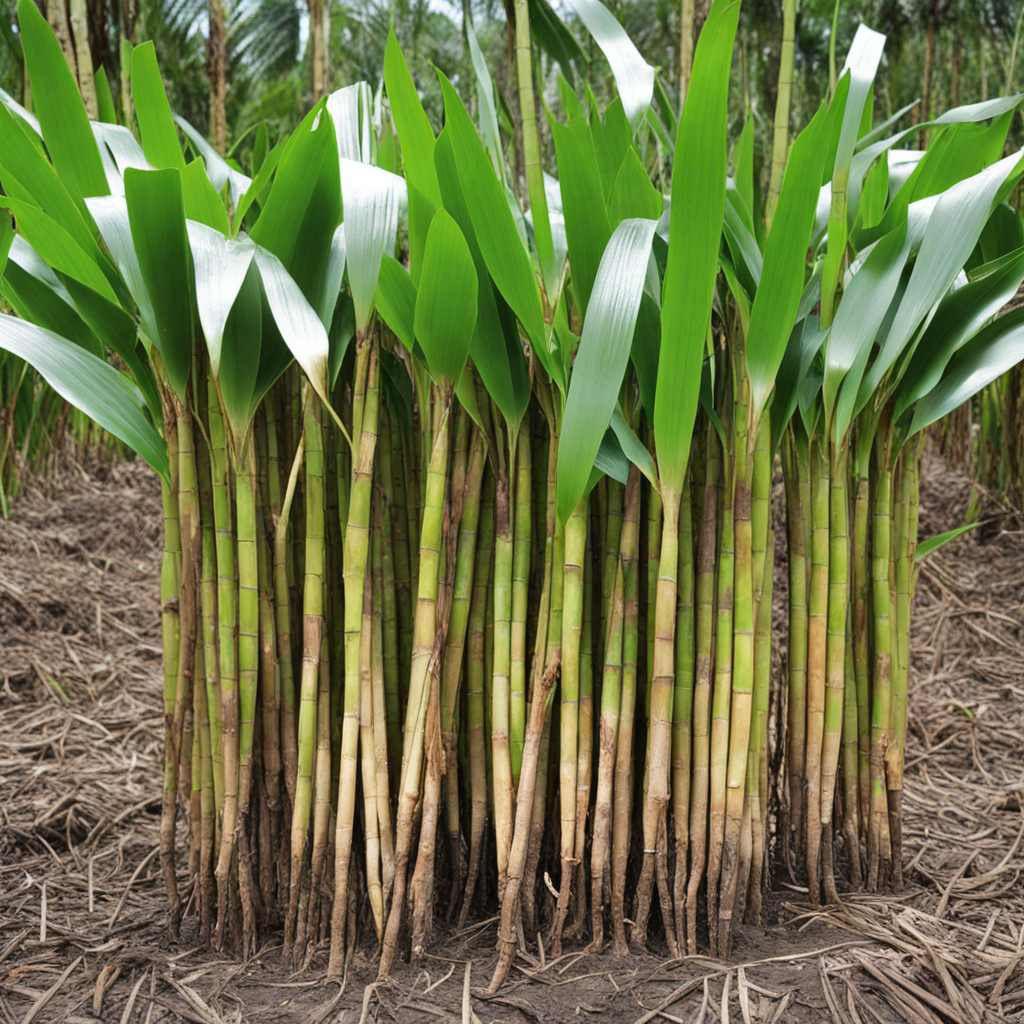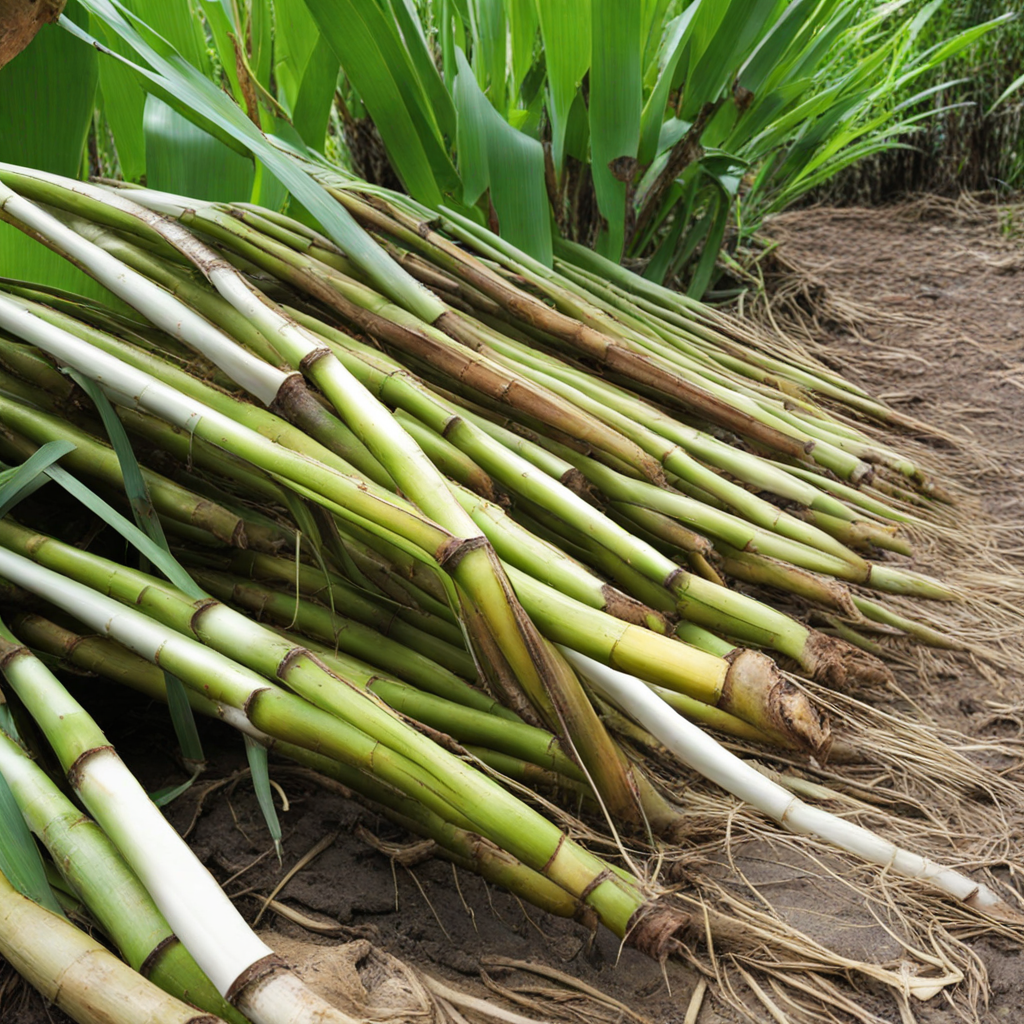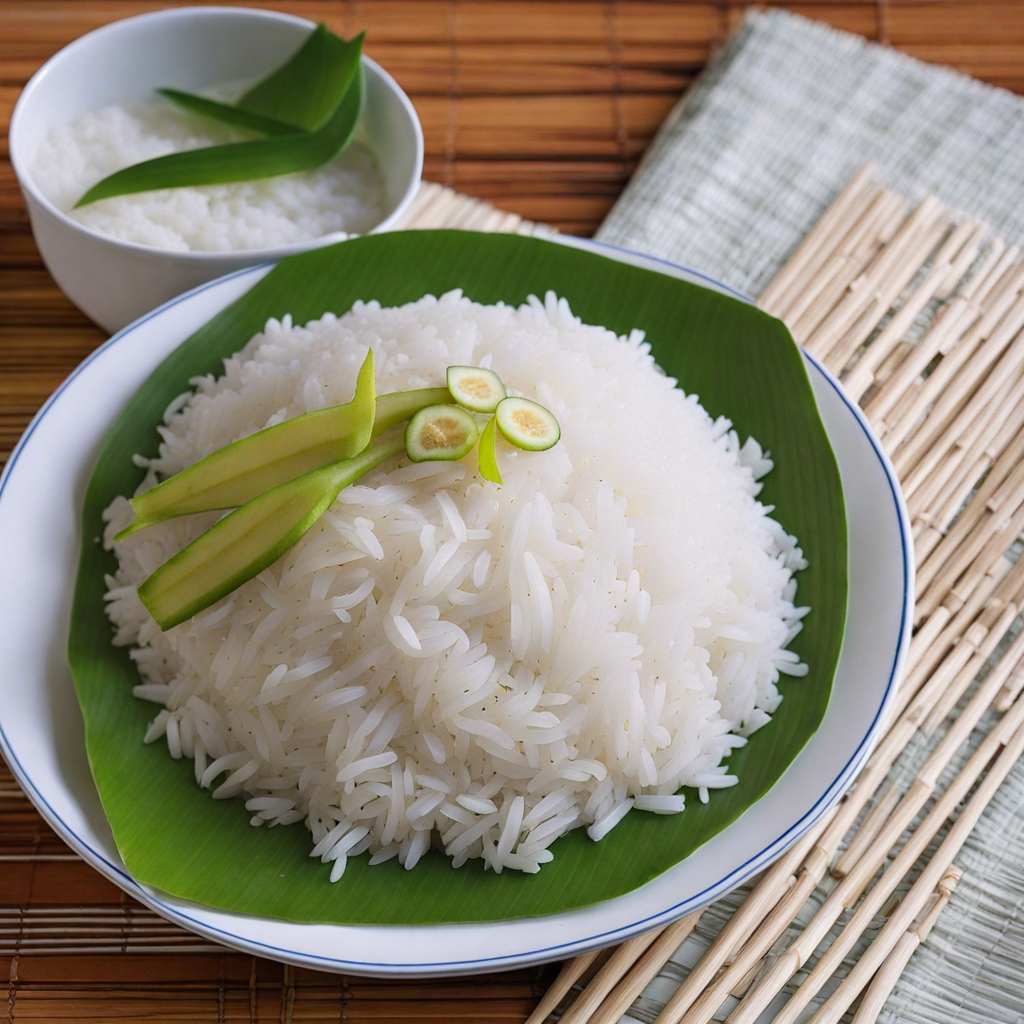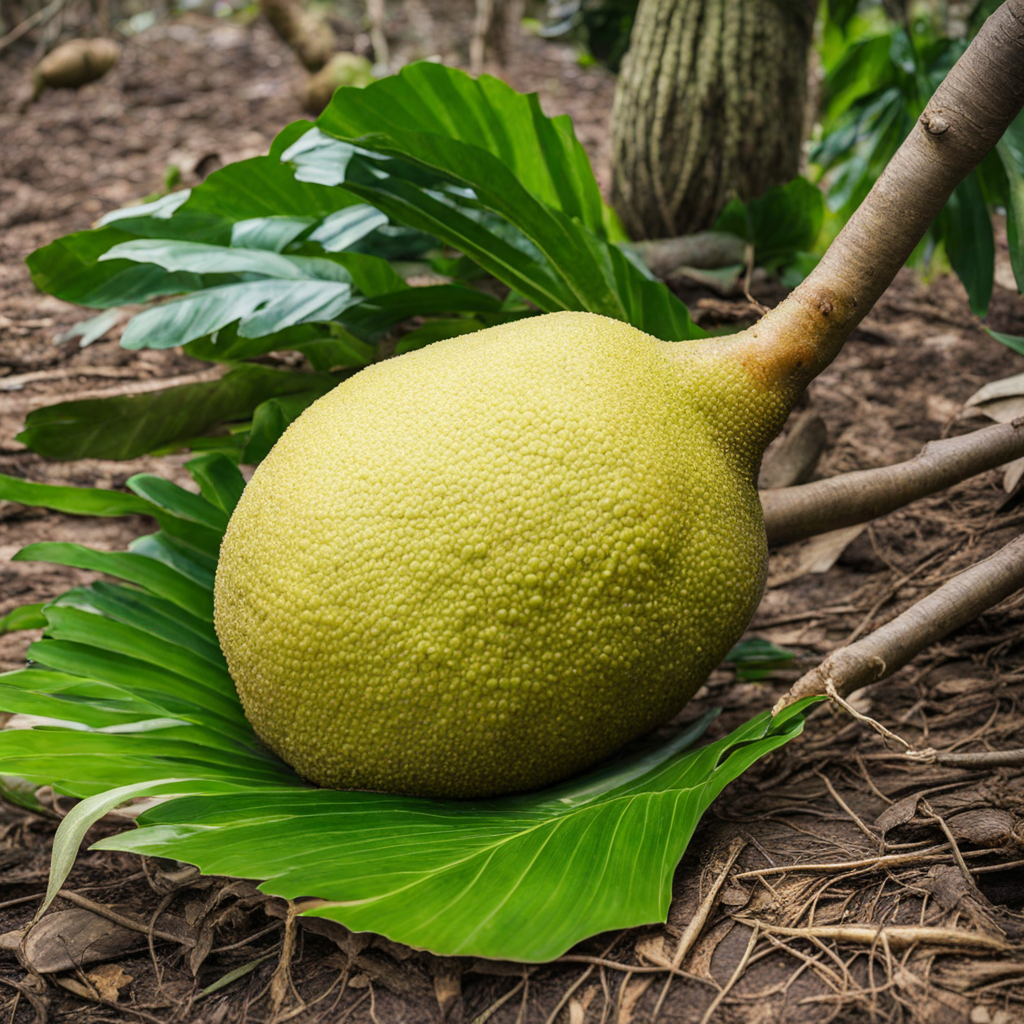Pitpit
Pitpit, a unique culinary delight from Papua New Guinea, is derived from the young shoots of the sago palm. This versatile ingredient is celebrated for its subtle, earthy flavor and chewy texture, making it a beloved staple in local cuisine. Traditionally harvested from the lush rainforests, pitpit is often prepared using simple yet effective cooking methods, such as steaming or grilling, which enhance its natural taste while allowing it to absorb the flavors of accompanying ingredients. The shoots are typically enjoyed fresh or cooked, providing a refreshing alternative to more common starches like rice or potatoes. In Papua New Guinea, pitpit is often paired with a variety of local ingredients, such as coconut milk, wild greens, and fresh seafood. The combination of these elements creates a wholesome dish that offers a burst of flavor and nutrition. When cooked with coconut milk, the pitpit takes on a creamy richness, balancing its fibrous texture with a luscious sauce that clings to each bite. This harmony of flavors not only showcases the versatility of pitpit but also reflects the culinary traditions of the region, where the interplay of fresh produce and local seasonings is paramount. As you venture into the world of pitpit, you will discover its potential as a base for various dishes, from salads to stews. When incorporated into a traditional meal, pitpit serves as a canvas for vibrant flavors, allowing spices and herbs to shine through while providing a satisfying chew. Its adaptability makes it a delightful ingredient to experiment with, inviting food lovers to explore the rich tapestry of Papua New Guinea's culinary heritage. Embrace the chance to savor pitpit, and let it transport you to the heart of this beautiful island nation.
How It Became This Dish
The History of Pitpit: A Culinary Treasure of Papua New Guinea #### Introduction Pitpit, a traditional food from Papua New Guinea, is not just a dish; it is a testament to the rich cultural heritage and biodiversity of the region. Known for its unique taste and nutritional value, pitpit serves as a staple in many communities across the country. Understanding the history of pitpit involves exploring its origins, cultural significance, and how it has evolved over time. #### Origins of Pitpit Pitpit, scientifically known as *Saccharum edule*, belongs to the sugarcane family. This perennial plant is indigenous to the tropical regions of Southeast Asia and the Pacific Islands, including Papua New Guinea. It thrives in the fertile volcanic soils of the highlands and lowlands, where it has been cultivated for centuries by the indigenous peoples. The plant is characterized by its tall, jointed stems and sweet, edible shoots, which are the part consumed as pitpit. Traditionally, pitpit was harvested from the wild, but over generations, it has been cultivated more extensively, leading to the development of various local varieties. The method of harvesting involves cutting the young shoots, which can be eaten raw or cooked, showcasing the adaptability and resourcefulness of the local populace. #### Cultural Significance Pitpit is more than just a food item; it holds a central place in the cultural practices and daily lives of many Papua New Guineans. It is often associated with communal gatherings and celebrations, where it is prepared and shared among families and friends. The act of harvesting pitpit can also be a communal affair, fostering bonds between community members. In various tribes, pitpit is used in traditional rituals and ceremonies. For instance, it may be presented as an offering during festivals or significant life events such as weddings, births, and memorials. The plant's sweet, nourishing qualities symbolize abundance and fertility, aligning it closely with the themes of growth and sustenance in the community. Moreover, pitpit is often paired with other local foods, enhancing the flavors and providing a complete meal. It is commonly served alongside fish, meat, or a variety of vegetables, making it a versatile component of the local diet. Its significance extends to the agricultural practices of the region, where it is sometimes used as a companion plant to enrich the soil and promote biodiversity. #### Development Over Time As Papua New Guinea underwent significant social and economic changes, so too did the role of pitpit within its communities. The introduction of globalization in the late 20th century brought new food products and culinary techniques to the region. While this posed challenges for traditional foods, it also provided opportunities for pitpit to gain wider recognition. In recent decades, there has been a resurgence of interest in indigenous foods, driven by health-conscious consumers and a growing awareness of the importance of food sovereignty. Nutritionists and culinary enthusiasts have begun to celebrate pitpit not only for its taste but also for its health benefits. Rich in vitamins and minerals, pitpit is regarded as a superfood, contributing to a balanced diet. The culinary scene in Papua New Guinea has also seen an infusion of innovation, with chefs incorporating pitpit into contemporary dishes. From pitpit salads to desserts, the versatility of this plant has been embraced in urban centers, allowing traditional flavors to flourish alongside modern culinary practices. This evolution has facilitated a cultural exchange, wherein traditional knowledge is preserved while simultaneously adapting to contemporary tastes. #### Challenges and Conservation Despite its significance, pitpit faces challenges due to environmental changes and the pressures of modernization. Deforestation and land development have threatened the natural habitats where pitpit grows, leading to concerns about the sustainability of its cultivation. Furthermore, the younger generations, influenced by global food trends, may overlook traditional foods in favor of processed alternatives. To combat these challenges, efforts are being made to promote the conservation of indigenous crops, including pitpit. Local organizations and agricultural initiatives are working to educate communities about the importance of preserving traditional foodways and cultivating native plants. Workshops and training programs aim to empower farmers to integrate pitpit and other indigenous foods into sustainable agricultural practices. #### Conclusion The story of pitpit is woven into the fabric of Papua New Guinea's cultural and culinary identity. Its origins as a wild plant have transformed it into a cherished food that embodies the resilience and creativity of its people. As pitpit continues to gain recognition for its nutritional value and cultural significance, it stands as a symbol of the enduring connection between food, community, and tradition. As the world becomes increasingly aware of the importance of biodiversity and indigenous food systems, pitpit offers a valuable lesson in sustainability and the preservation of cultural heritage. By celebrating and protecting this remarkable plant, Papua New Guinea can ensure that pitpit remains a vital part of its culinary landscape for generations to come. In a globalized world, where food choices are often homogenized, pitpit serves as a reminder of the richness that local foods can provide. It invites us to explore the flavors of Papua New Guinea while honoring the traditions that have sustained its people for centuries, making it not just a food, but a cultural treasure.
You may like
Discover local flavors from Papua New Guinea







